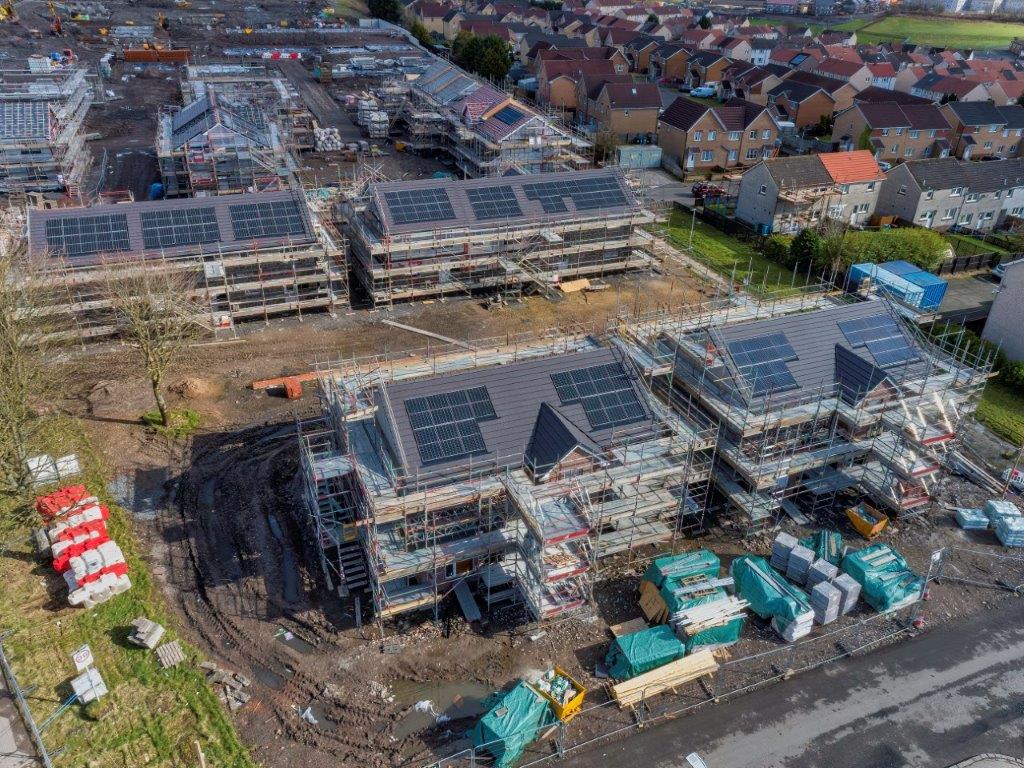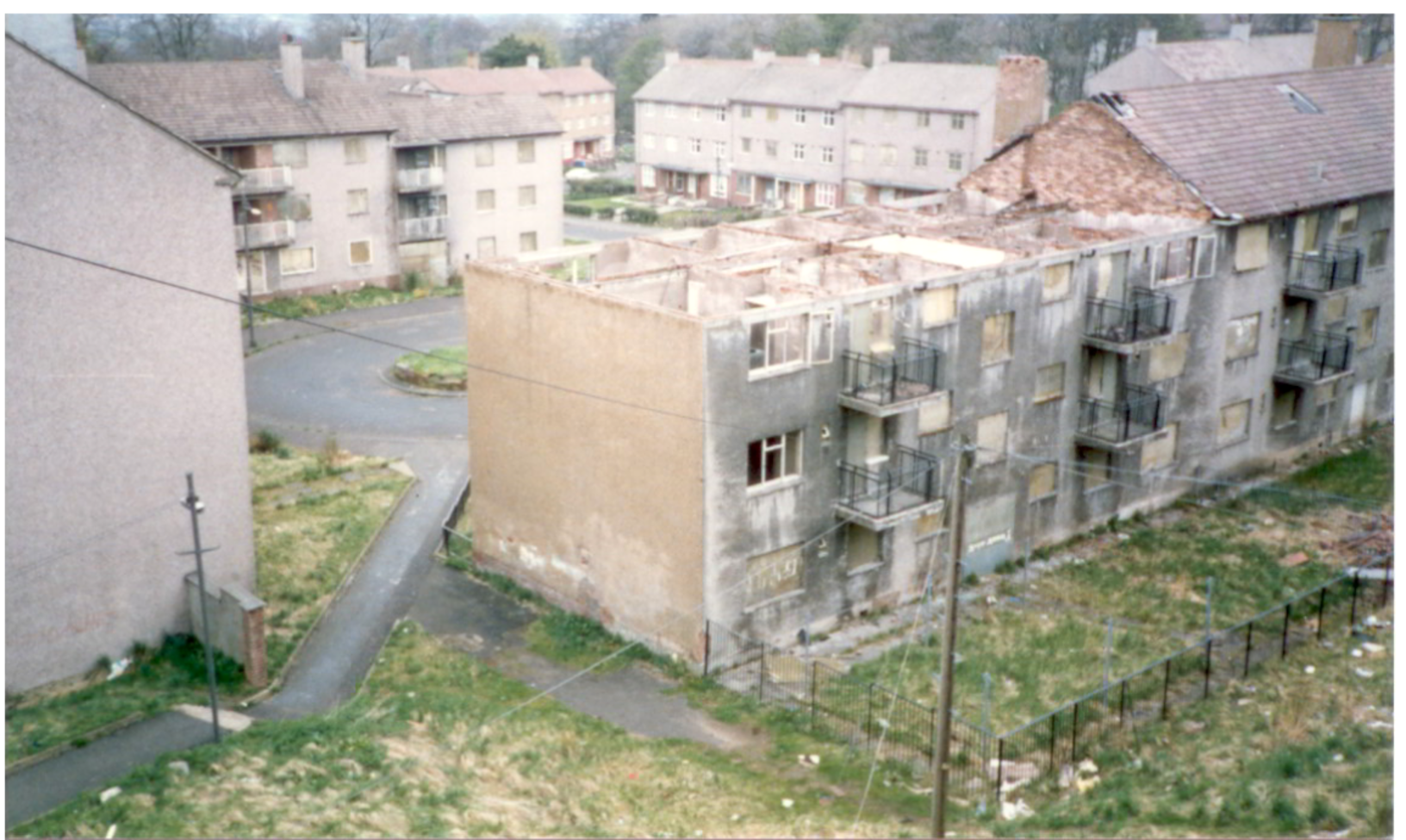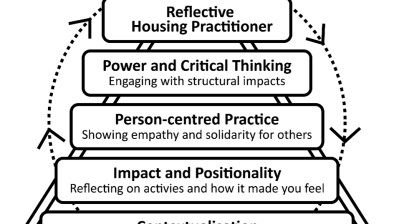Opinion: The problem with the ‘build baby build’ mantra

Professors Kim McKee & Vikki McCall from the University of Stirling offer their critique of the popular ‘build baby build’ solution to Scotland’s housing emergency and argue that the type, quality and location of the homes we build should also be considered.
Housing headlines of late have been dominated by the mantra of ‘build baby build’, which argues that to solve the housing crisis we simply need to build more homes. Whilst this is of course important, it’s only part of the picture. The homes we build must be the right kind of homes in the right places, designed to meet people’s needs now and in the future.
Research from the Intersectional Stigma of Place-based Ageing (ISPA) project highlights the problems that emerge when the focus is too much on increasing housing supply, without equal thought also being given to what kind of houses are needed, their quality, design, and location.
So, it’s not just about the number we build, it’s also about how we build. Inclusive and accessible design is essential if we want housing to serve everyone, especially as our demographic ages and health needs become more diverse. This means going beyond minimum standards to create homes that are flexible, adaptable, and welcoming across all ages and abilities. When homes are designed with accessibility in mind from the outset, they support independent living, reduce the need for costly future adaptations, and help people stay in their communities for longer.
Scotland’s housing history is rich with examples of what happens when planners don’t give enough attention to building communities and providing the wider amenities people need in the places they live. Glasgow provides a strong example of this, and there are many lessons we can learn from its experience. Our recent Local People Leading report highlighted the challenges faced by residents of Glasgow’s low-income neighbourhoods, including the peripheral housing schemes built in the 1950s on the city’s edge (Castlemilk, Drumchapel, Easterhouse and Pollok).
The focus back then was on building new homes for families being moving from slum-clearance areas in the inner-city. Whilst residents of these new schemes were delighted to have more rooms, an inside toilet and lots of surrounding green space, other challenges soon emerged. There were initially no local shops or schools – with children having to be bused back to schools in their old neighbourhoods. Residents of the peripheral schemes were also disconnected from local labour markets because of poor transport links, and unemployment within these estates grew over time, with knock on effects for levels of multiple deprivation. As one of our research participants, who had lived in one of the peripheral schemes for decades described: ‘There was no infrastructure, there was no thought of how people are going to live’.

Source: Cassiltoun Housing Association archives
As years went by, poor repair services, lack of investment, and inflexible housing management systems led to some of these neighbourhoods becoming difficult-to-let. When certain ‘places’ become unpopular and earn a negative reputation this can lead to place-based stigma. This stigma towards places can also directly impact the people living there leading to discrimination and exclusion.
Recently a group of local residents in Castlemilk gave evidence to the United Nations about how their human rights have been impacted because of the lack of facilities they have experienced over the last 70 years. It remains a real issue, despite local campaigns to attract shops and better bus services into the area. This is a powerful reminder that housing is more than just bricks and mortar. It is foundational to place-making. Glasgow’s example reminds us that building homes must also be tied to meeting the wider needs of communities to enable then to live their lives well. Otherwise, we’re doomed to repeat the mistakes of our past.
Returning to the home, evidence also highlights that many people in Scotland remain trapped in properties that fail to adequately meet their needs. The ISPA project has highlighted a range of barriers facing older, disabled adults due to a lack of accessible homes. This brings us back to the point earlier about the need to go beyond housing new supply targets to also consider the types of homes required to meet the needs of current and future generations.
Building on this, our latest research focus is on identifying the funding and support necessary for housing adaptations that enable older and disabled individuals to live independently. Partnering with the Scottish Federation of Housing Associations (SFHA), the Chartered Institute of Housing (CIH), and the Association of Local Authority Chief Housing Officers (ALACHO), this study examines current and future needs for aids and adaptations, such as grabrails, stairlifts, and walk-in showers. It’s also vital to recognise the double disadvantage that may be faced by older and/or disabled people in low-income areas, who are more likely to experience housing-related stigma and exclusion. Our research underscores a simple but powerful truth: good housing policy is about more than supply. It’s about place-making, inclusive design, and human dignity. If you are interested hearing more on these topics, you may be interested in some of our wider project resources:
- Professor McKee was interviewed on BBC’s Good Morning Scotland (17/5/25, 40 minutes in), giving expert insights on the history behind Scotland’s housing emergency and why we need to think of housing beyond the bricks and mortar.
- Professor McCall was interviewed for the Equality in Housing Podcast (13/3/25) hosted by the UK Collaborative Centre for Housing Evidence and Housing Options Scotland. In this podcast, Vikki provides insights into stigma and intersectionality on ageing, focusing on the barriers older and disabled adults face in their homes and communities.







